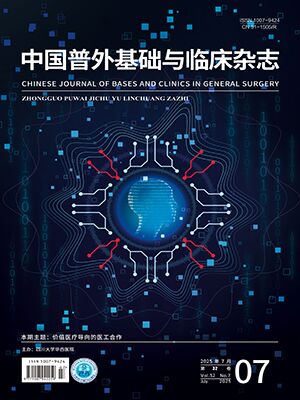Objective To study the feasibility of transplanting autologous venous endothelial cells, as the liner, to the allogenic vein and to investigate the patency rate after such transplantation.
Methods Autologous endothelial cells were gained after the administration of 0.2% collagenase and the centrifugalization of the enzyme liquid. The cells were not cultivated in a 60 ml plastic culture until the presence of the second generation. The cultivated cells were confirmed as endothelial cells by factor Ⅷ related antigen. The multiplied cells were lined in vitro onto the luminal surface of allogenic vein that was disposed by freeze-drying and radiation. The orthotopic transplantation of autologous venous endothelial cells was performed after the 9-day incubation.
Results (9.47±0.35)×106 endothelial cells were obtained after the cultivation. Three hours after cell seeding, the luminal surface of allogenic vein was covered with vast endothelial cells but still had not formed an intact endomembrane. On day 9, the luminal surface was covered with a continuous endothelial monolayer and the arrangement and the shape of the cells all showed the perfect condition of endothelial cells. Eight weeks later, all the transplanted veins kept unobstructed.
Conclusion The approach of lining allogenic vein with autologous endothelial cells in vitro may keep the vein unobstructed in the long term.
Citation: HE Maoxin,ZHAO Yu. Experimental Study of Vascular Allograft of Autologous Venous Endothelial Cells in Seeded Rabbits. CHINESE JOURNAL OF BASES AND CLINICS IN GENERAL SURGERY, 2007, 14(1): 72-75. doi: Copy
Copyright © the editorial department of CHINESE JOURNAL OF BASES AND CLINICS IN GENERAL SURGERY of West China Medical Publisher. All rights reserved




